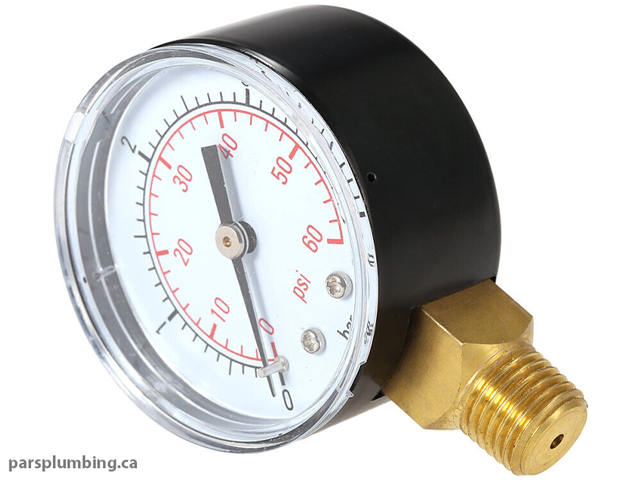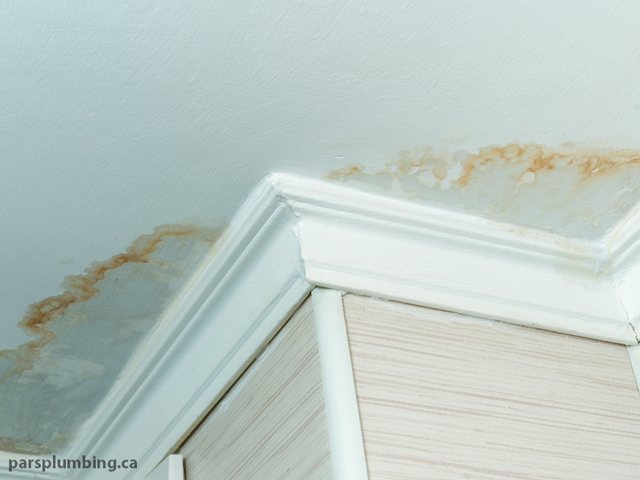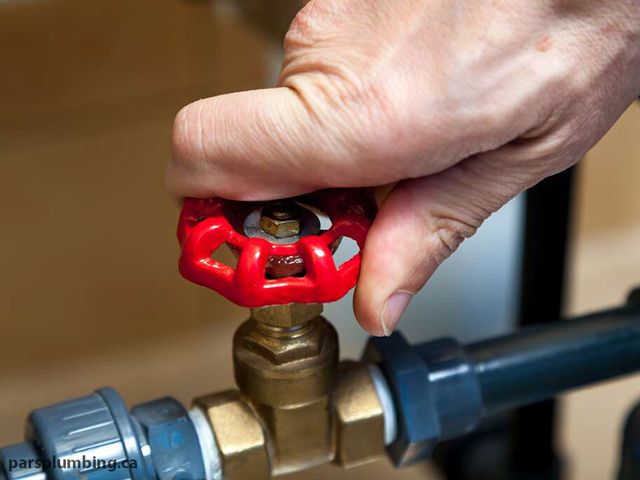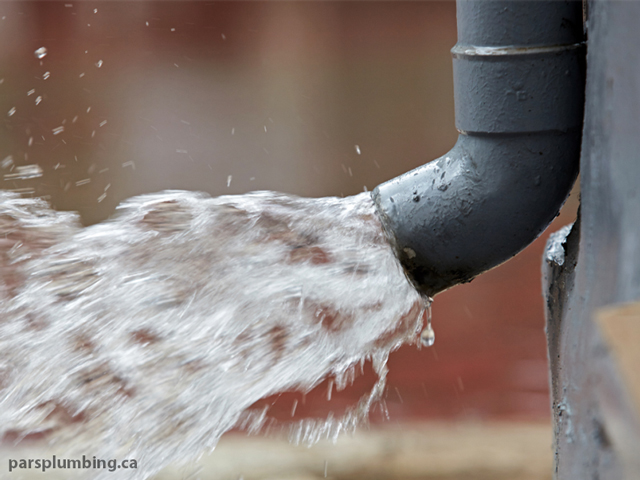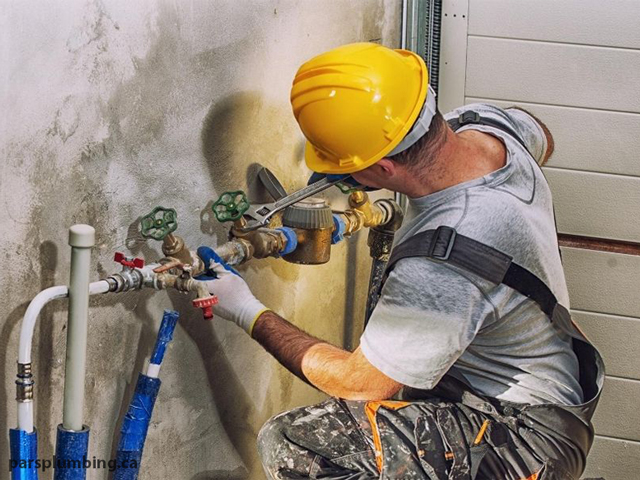Water pipe leaks in your home are not only a nuisance but can also cause severe structural damage, increase your utility bills, and create health hazards. Detecting leaks early can save you money, prevent further damage, and ensure the health and safety of your family. Fortunately, detecting these leaks does not always require professional intervention. There are various ways you can detect water pipe leaks in your home, ranging from simple visual inspections to more advanced technologies. This article will provide a detailed guide on how to identify water pipe leaks, along with common signs to look for and tools that can help you locate leaks effectively.
Start with Your Water Bill
One of the first signs of a potential water leak is a sudden increase in your water bill. If you’ve noticed that your water consumption has increased without any obvious reason—such as a large gathering, additional usage, or a change in lifestyle—this could be a warning sign that you have a leak somewhere in your plumbing system.
How to Check:
Compare your current water bill with previous months. A significant jump in water usage can indicate an underlying leak.
If your water consumption is unusually high, consider tracking your daily usage by checking the meter regularly.
Why This Is Important: A sudden rise in your water bill can be an early warning sign. Even small leaks can waste a significant amount of water over time, increasing your costs.
Monitor Water Pressure
If the water pressure in your home has dropped significantly in certain areas or throughout the house, it could be a sign that a pipe is leaking. While low water pressure can be caused by other issues, such as clogged pipes or municipal water supply problems, persistent low pressure that seems localized to a specific area or room is often linked to a hidden leak.
How to Check:
Turn on the taps in various parts of your house and note any noticeable differences in water pressure.
If one area of the house has noticeably weaker water pressure, it could be a sign of a localized pipe leak.
Why This Is Important: Low water pressure is not only an inconvenience but may also indicate that water is escaping from your pipes due to a leak. The leak could be in the supply line, and identifying it early could save you from more serious water damage.
Look for Wet Spots, Water Stains, or Mold Growth
One of the easiest ways to detect a water leak is by visually inspecting your home for signs of water damage. Wet spots, water stains, or mold growth on walls, ceilings, and floors are clear indications that water is escaping from your pipes. These signs are usually found in areas where pipes are hidden, such as behind walls or beneath floors.
How to Check:
Check your walls, ceilings, floors, and corners for visible water stains or patches of mold. These are often the first signs of a leak.
Pay attention to areas near sinks, toilets, and bathtubs, as leaks often occur at joints or connections in these locations.
Why This Is Important: Water stains and mold growth are not only signs of a leaking pipe, but they can also lead to more severe issues like structural damage or health hazards due to mold exposure. Identifying these early can save you from costly repairs.
Use Leak Detection Devices
If you suspect a leak but can’t visually locate it, using specialized leak detection equipment is a great solution. These devices use various technologies such as sound, infrared imaging, and vibration to help identify leaks. Some devices are capable of detecting leaks within walls, floors, and even underground, which would otherwise be difficult to locate through visual inspections alone.
Types of Leak Detection Devices:
Acoustic Devices: These tools listen for the sound of water escaping from pipes. They can help pinpoint the location of the leak based on the frequency of the sound.
Infrared Cameras: Infrared technology can detect temperature differences in walls or floors caused by leaking water. These cameras are useful in identifying leaks without damaging your property.
Vibration Sensors: These sensors detect the vibrations caused by escaping water within the pipes.
Why This Is Important: Leak detection devices are essential for locating hidden leaks, especially in areas that are difficult to access or detect using traditional methods. These tools help you save time and money by locating the exact source of the leak without unnecessary destruction.
Conduct a Water Meter Test
The water meter test is a simple and effective method for detecting leaks in your home. This test can be done without any specialized tools and can help determine if you have a leak in your plumbing system. To perform the test, you need to shut off all water sources in the house and check the water meter.
How to Check:
Ensure all water-using appliances are off, including taps, dishwashers, washing machines, and sprinklers.
Check the water meter. If it’s still running, even when all water sources are off, it indicates a leak somewhere in the system.
If your meter is digital, it might show a small flow reading even when the water is turned off. This means water is leaking somewhere in the system.
Why This Is Important: The water meter test is an easy and reliable way to determine if you have a water leak. It helps you avoid unnecessary repairs and focuses your attention on areas that need attention.
Listen for the Sound of Running Water
Sometimes, you can detect leaks simply by listening for the sound of running water. Even if all your taps are off, if you hear the sound of water running through pipes behind walls or ceilings, this could be a sign that water is escaping from a pipe.
How to Check:
Listen carefully for the sound of water running in areas where you suspect leaks.
Focus on rooms where the sound is loudest. The sound may indicate where the water is escaping.
Why This Is Important: The sound of running water when everything is turned off is an obvious indicator that something isn’t right. If you can pinpoint the area where the sound is coming from, you can start investigating that area for potential leaks.
Inspect Exterior Pipes and Outdoor Areas
Leaks can also occur outside your home, such as in the garden, yard, or near exterior pipes. If you notice damp spots, pooling water, or unusually lush patches of grass, it could be a sign that one of your exterior pipes is leaking.
How to Check:
Walk around your property and look for any signs of excessive moisture or water pooling.
Check any exposed pipes, such as those near outdoor faucets or sprinkler systems.
Why This Is Important: Leaks in outdoor pipes can be harder to detect, as they often go unnoticed. However, leaks in the yard or garden can cause significant water wastage and may lead to a higher water bill.
Consult a Professional Plumber
If you’ve checked all the obvious signs and still cannot locate the leak, or if the leak appears to be complicated, it’s best to consult a professional plumber. Plumbers are trained to use advanced tools and techniques to find leaks quickly and accurately. They can also repair any damage caused by the leak, preventing further issues.
Why This Is Important: A professional plumber can provide a thorough inspection and offer solutions that are both effective and long-lasting. If you’re unsure about the severity of the leak or how to fix it, don’t hesitate to call a professional.
Conclusion
Detecting water pipe leaks in your home is essential for preventing costly damage, conserving water, and maintaining the structural integrity of your home. By following the methods outlined in this guide, you can identify leaks early and take the necessary steps to repair them before they cause significant damage. Whether through a visual inspection, using specialized devices, or consulting a professional plumber, taking action quickly will save you time, money, and stress. Early detection and repair are key to ensuring the longevity of your plumbing system and the safety of your home.

